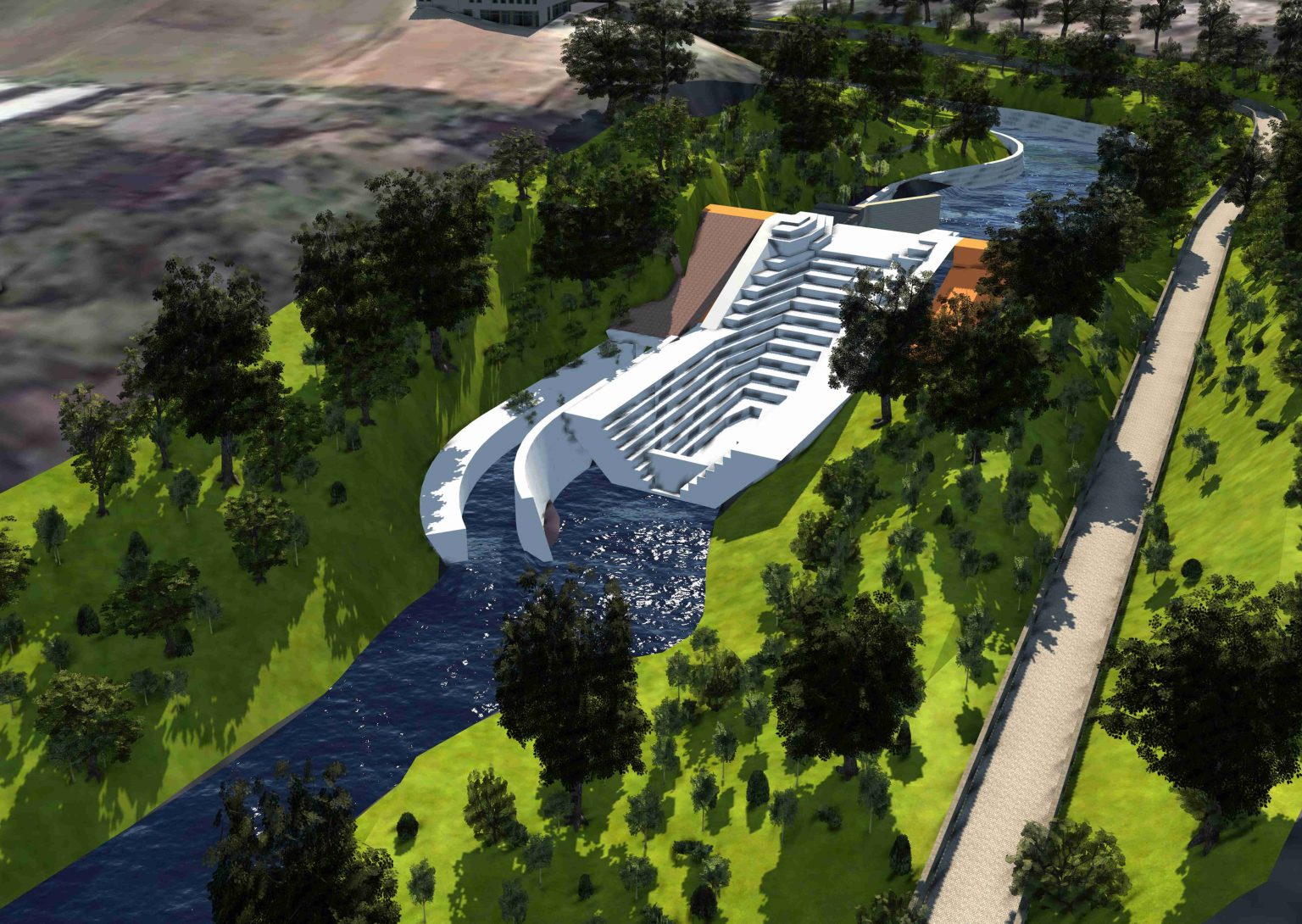Spanish engineering company Vielca Ingenieros presents its project to prevent flooding in the capital and its metropolitan area, punished by avalanches of mud and water
Vielca Ingenieros, a Spanish company specialized in hydraulic works, presented this morning in El Salvador the definitive project for the construction of various containment works that minimize the impact of flooding in the region, vulnerable to the avalanches of water and mud that hit it periodically.
The final study, “Design of the project of damper works for the stormy macro-drainage of the metropolitan area of San Salvador”, was announced today during a public event attended by representatives of the Ministry of Public Works (MOP), the Ministry of the Environment (MARN), the Municipal Planning Office of the metropolitan area of San Salvador (OPAMSS), the Directorate of Climate Change Adaptation and Strategic Risk Management (DACGER), the Inter-American Development Bank (IDB) and the Vice-Ministry of Housing. and Urban Development (VMVDU).
Launched a year ago, the consultancy work has been promoted by the Vice-Ministry of Housing and Urban Development of El Salvador (VMVDU) and has financial support from the Inter-American Development Bank (IDB). Vielca’s CEO, Vicente Candela, the project coordinator, Alberto Vila, the hydrology specialist Pablo Blanco and the company’s Central American delegate, Rafael Ibáñez, attended the presentation.
Three reservoirs and barriers to stop the water
The works mainly consist of the construction of three reservoirs or lamination lagoons of stormwater floods in the Arenal de Montserrat, located in the metropolitan area of San Salvador. Specifically, a barrier of loose materials will be constructed with protection against overflow and the perimeter of the lagoon will be protected with different construction systems depending on the case (soil nailing walls, gavions, nailed soil and geocells reinforced with geogrids).
The execution of these works will be carried out in two phases; in the first phase, a lamination lagoon will be built at Colonia Luz with a 19 m high enclosure and a reservoir capacity of 219,000 m3 of rainwater. Phase two involves the construction of two rolling ponds in the El Piro area; El Piro Aguas Arriba, with a 12 m high dam and a reservoir capacity of 215,000 m3, and El Piro Aguas Abajo, with a 12.5 m high dam and a reservoir capacity of 190,500 m3.
The budget for the first phase is $19 million and for the second phase is $40 million. According to the expected deadlines, the construction of the first lagoon in Colonia Luz will begin next year. The international tender for the supervision of works has already been published, and the construction of this important infrastructure is expected to be put out to tender within a few months.
A well-known problem
The city of San Salvador and its metropolitan area are crossed by several channels that, in times of heavy rainfall, produce overflows, causing significant human and material losses. Aware of the problem, the government of El Salvador awarded Vielca Ingenieros, S.A. the preliminary studies and design of the flood protection works through an international public tender.
To carry out the works awarded, the Spanish engineering team has used the most advanced methods for calculating the flows produced by torrential rainfall. Vicente Candela, CEO of Vielca, explains that thousands of rainfall data have been used to obtain the most probable flows: “We analyzed the data on the history of flows, the characteristics of rainfall over the last 20 years and a return period of 100 years. The solution studies concluded that the most efficient response was to build three flood lamination dams or dams and channel the margins to prevent landslides.”
“When the planned works are built,” says Candela, “the damage caused by rain from tropical storms will be significantly reduced. In this way, Spanish engineering will help protect the lives and property of an important Central American population.”
Vulnerable area
The regions of Central America are cyclically affected by this type of disaster, associated with the presence of severe storms caused by the phenomenon known as “El Niño”. The latest mud and water avalanches in Mocoa, Colombia, resulted in more than 250 deaths and extensive property damage. Ecuador, Honduras and Peru (where since the end of January, floods and landslides have caused more than 75 deaths and nearly 700,000 people affected) are also victims of this type of disaster.
While in Peru the image of a survivor emerging from the mud was reproduced on television all over the world, at the Arenal de Montserrat in El Salvador (where the first interventions will be carried out), a bus of parishioners was dragged by the current nine years ago, resulting in 32 deaths.

